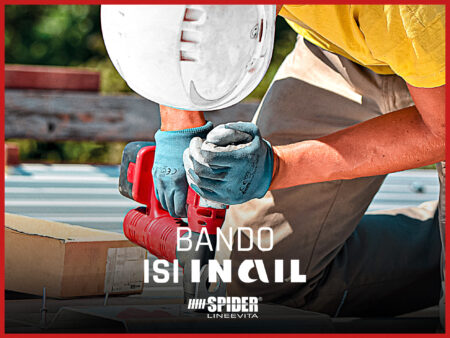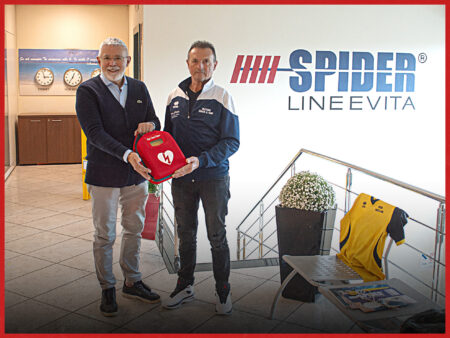Occupational safety is a top priority in all areas, but it is particularly important when it comes to work at height. Workers who perform tasks on high surfaces or in precarious positions are exposed to an increased risk of falls and accidents. For this reason, it is essential to ensure that adequate protection systems are in place to reduce hazards and safeguard workers’ health.
Collective protection systems: what they are and why they are needed
Collective protection systems are safety measures that aim to prevent or limit the risk of falls from height in work environments at height. These systems include devices such as barriers, railings, lifelines, and safety nets. The adoption of these systems is mandatory by law and represents a crucial investment for the safety of workers.
In the case of work at height, collective protection systems must be designed and installed in such a way as to ensure maximum effectiveness and compliance with current regulations. Importantly, in addition to being mandatory, these systems are also complementary to individual protection measures, such as the use of slings and fall arrest equipment.
Procedure in case of emergency
If an emergency occurs during work at height, it is essential to follow a well-defined procedure to ensure the safety of all workers involved. Here are some basic steps to follow in case of emergency:
- Assess the situation: In the event of an accident, the occupational safety manager must quickly assess the situation and determine the severity of the event.
- Alert the rescue: If necessary, the safety officer must immediately contact the emergency services and provide them with all relevant information regarding the accident and the location of the workers involved.
- Evacuation: In the event of an emergency, workers must be evacuated quickly and safely, following the procedures set out in the emergency plan.
- First aid: Workers must be trained to provide first aid to colleagues in distress, waiting for professional help to arrive.
- Analysis and prevention: After the accident, it is crucial to analyze the causes and take corrective measures to prevent similar events in the future.
Work at height presents unique challenges in terms of occupational safety. The adoption of collective protection systems and the appropriate training of workers are essential to minimize the risks associated with these activities. In addition, it is essential that companies and workers are prepared to effectively manage emergency situations, thus ensuring the safety of all concerned.
Here is a list of rules and regulations governing collective protection systems for work at height:
- Directive 89/391/EEC: This European Directive lays down measures to encourage improvements in the safety and health of workers at work. The Directive requires employers to ensure the safety of workers by putting in place preventive measures, including the use of collective protection schemes.
- Directive 2001/45/EC: This Directive lays down minimum safety and health requirements for the temporary use of work equipment at height. It includes specific provisions for the use of collective protection systems, such as railings, safety nets and lifelines.
- Legislative Decree 81/2008 (Consolidated Law on Safety at Work) – Italy: This decree establishes the minimum safety and health requirements for workers in Italy, including workers who carry out activities at height. It includes specific provisions on the use of collective and individual protection systems.
- UNI EN 13374: This European standard specifies the requirements and test methods for temporary collective protection systems against falls from height, such as railings and temporary barriers.
- UNI EN 1263-1 and UNI EN 1263-2: These European standards refer to safety nets used in work at height. UNI EN 1263-1 specifies the safety and performance requirements for safety networks, while UNI EN 1263-2 concerns test methods and network installation.
- UNI EN 795: This European standard establishes the requirements for anchoring devices used in combination with personal protective equipment against falls from height, such as horizontal and vertical lifelines.
These rules and regulations are key to ensuring that collective protection systems comply with safety standards and are effective in preventing accidents and injuries at work.
 Agevolazioni
Agevolazioni  Events
Events